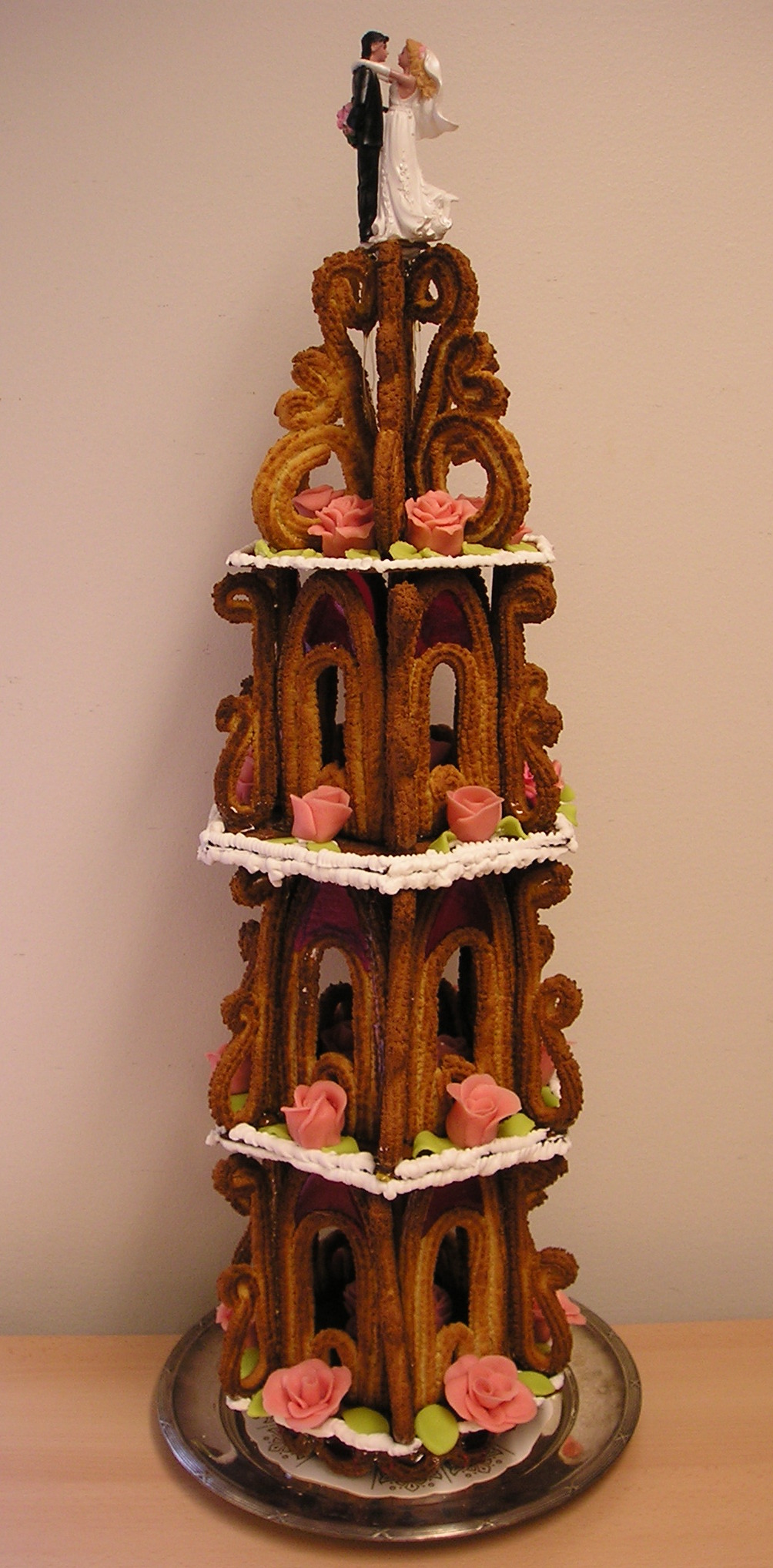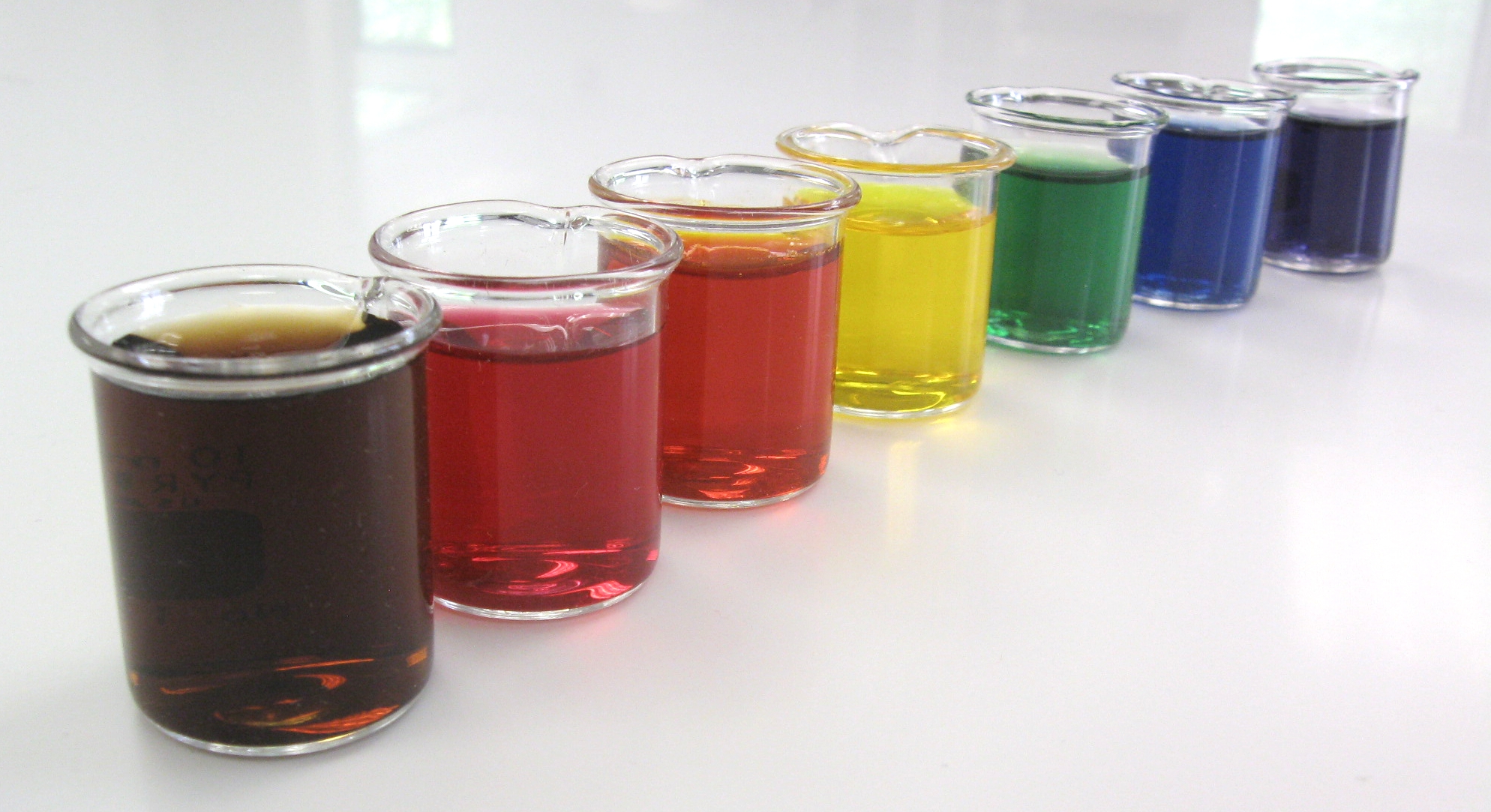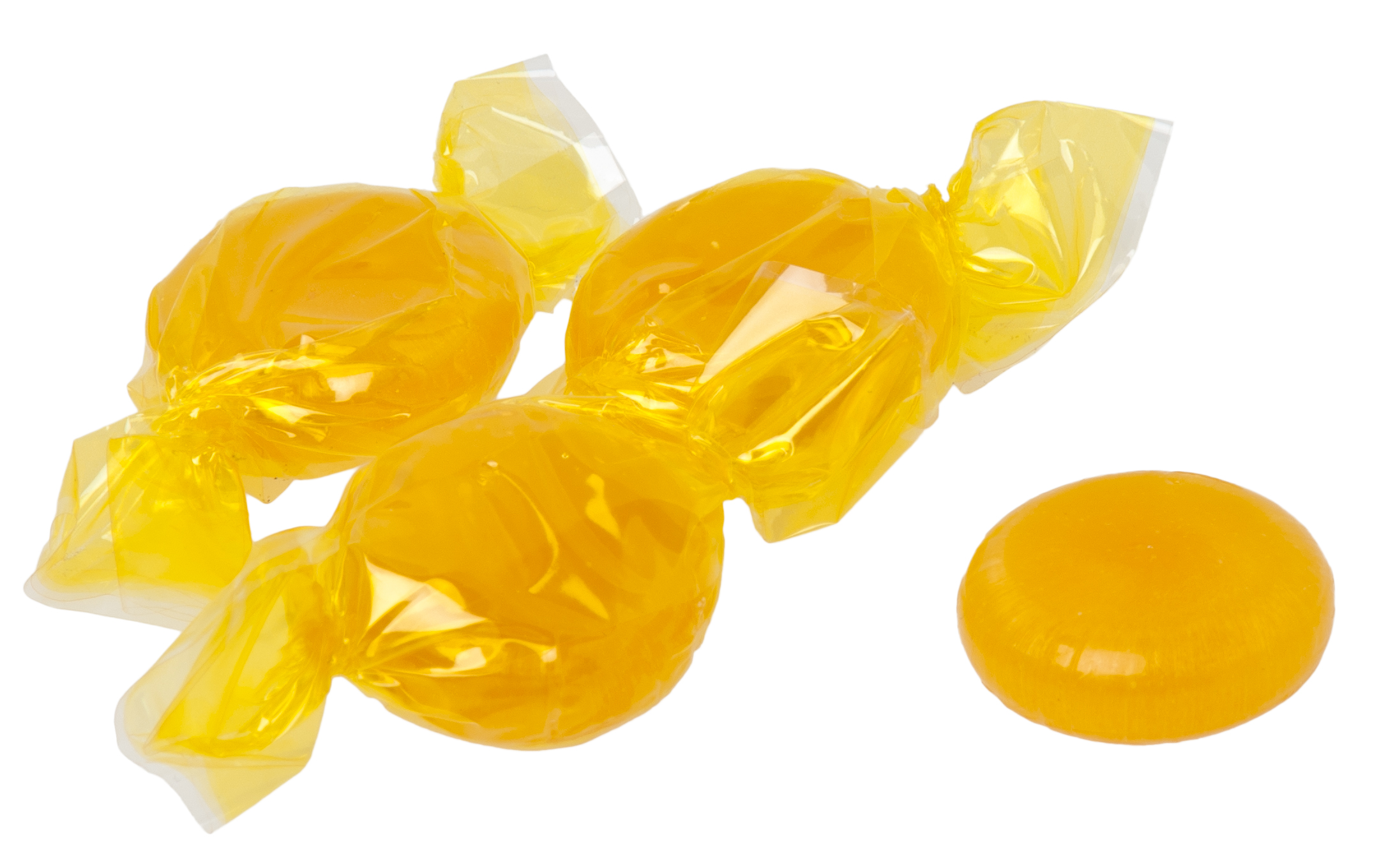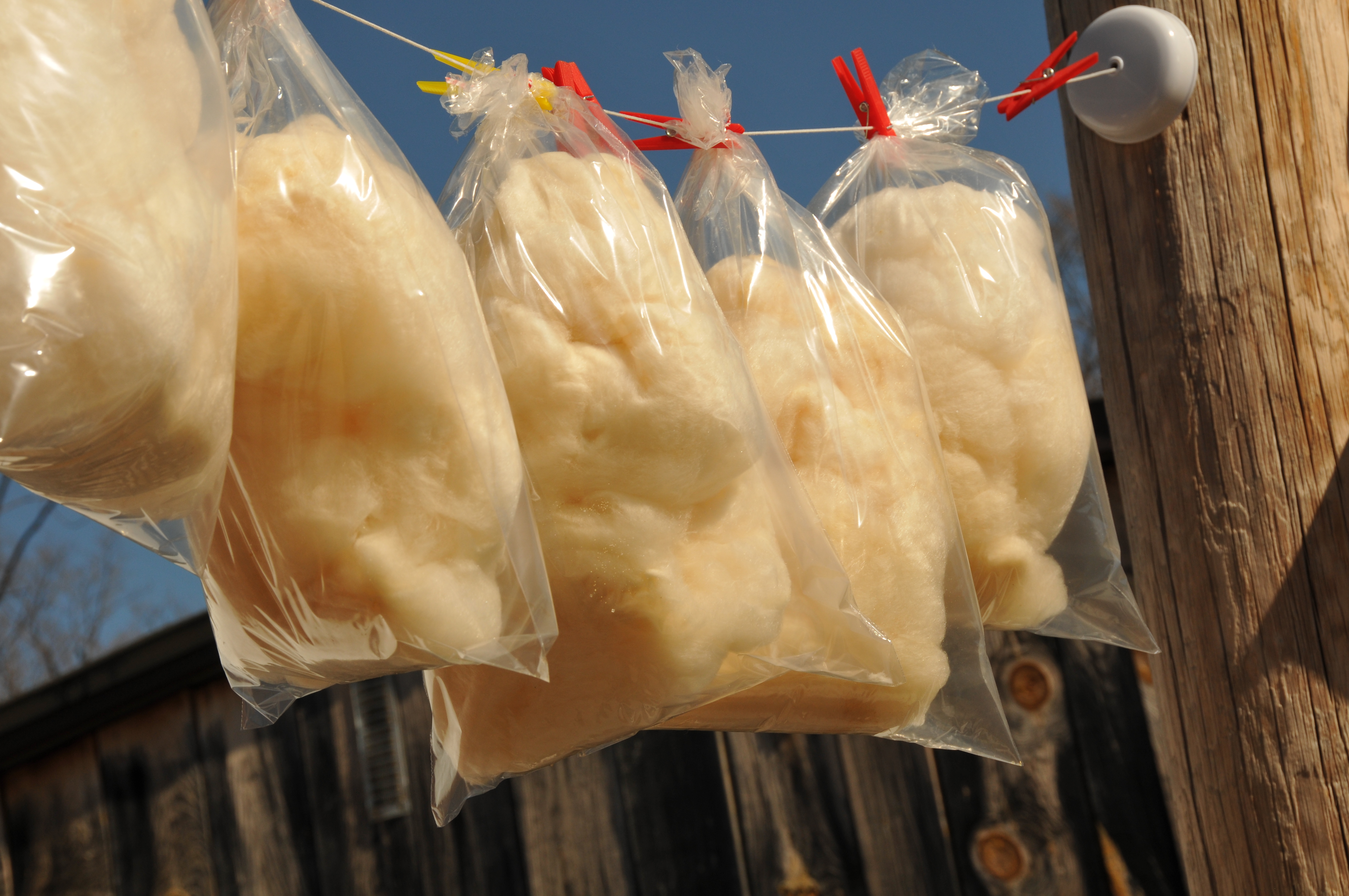|
Tartrazine
Tartrazine is a synthetic lemon yellow azo dye primarily used as a food coloring. It is also known as E number E102, C.I. 19140, FD&C Yellow 5, Yellow 5 Lake, Acid Yellow 23, Food Yellow 4, and trisodium 1-(4-sulfonatophenyl)-4-(4-sulfonatophenylazo)-5-pyrazolone-3-carboxylate. Tartrazine is a commonly used coloring agent all over the world, mainly for yellow, and can also be used with brilliant blue FCF (FD&C Blue 1, E133) or green S (E142) to produce various green shades. It serves as a dye for wool and silks, a colorant in food, drugs and cosmetics and an adsorption-elution indicator for chloride estimations in biochemistry. History Tartrazine was discovered in 1884 by Swiss chemist Johann Heinrich Ziegler, who developed the yellow azo dye in the laboratories of the Bindschedler'sche Fabrik für chemische Industrie in Basel ( CIBA). This was patented and produced in Germany by BASF in 1885 (DRP 34294). The process was first presented in 1887 in '' Chemische Bericht ... [...More Info...] [...Related Items...] OR: [Wikipedia] [Google] [Baidu] |
Confectionery
Confectionery is the Art (skill), art of making confections, or sweet foods. Confections are items that are rich in sugar and carbohydrates, although exact definitions are difficult. In general, however, confections are divided into two broad and somewhat overlapping categories: baker's confections and sugar confections. Baker's confectionery, also called flour confections, includes principally sweet pastries, cakes, and similar Baking, baked goods. Baker's confectionery excludes everyday Bread, breads, and thus is a subset of products produced by a baker. Sugar confectionery includes candies (also called ''sweets'', short for ''sweetmeats'', in many English-speaking countries), candied nuts, chocolates, chewing gum, bubble gum, pastillage, and other confections that are made primarily of sugar. In some cases, chocolate confections (confections made of chocolate) are treated as a separate category, as are sugar-free versions of sugar confections. The words ''candy'' (Canada ... [...More Info...] [...Related Items...] OR: [Wikipedia] [Google] [Baidu] |
Food Coloring
Food coloring, color additive or colorant is any dye, pigment, or substance that imparts color when it is added to food or beverages. Colorants can be supplied as liquids, powders, gels, or pastes. Food coloring is commonly used in commercial products and in domestic cooking. Food colorants are also used in various non-food applications, including cosmetics, pharmaceuticals, home craft projects, and medical devices. Some colorings may be natural, such as with carotenoids and anthocyanins extracted from plants or cochineal from insects, or may be synthesized, such as tartrazine yellow. In the manufacturing of foods, beverages and cosmetics, the safety of colorants is under constant scientific review and certification by national regulatory agencies, such as the European Food Safety Authority (EFSA) and US Food and Drug Administration (FDA), and by international reviewers, such as the Joint FAO/WHO Expert Committee on Food Additives. Purpose of food coloring People asso ... [...More Info...] [...Related Items...] OR: [Wikipedia] [Google] [Baidu] |
Johann Heinrich Ziegler
Johann Heinrich Ziegler (6 December 1857 in Winterthur – 30 January 1936 in Zurich) was a Swiss dye chemist and natural philosopher. Life Johann Heinrich Ziegler was born as the son of the manufacturer Emil Ziegler. He studied chemistry and received his doctorate in 1883 in Erlangen, with his dissertation ''Ueber Derivate des Beta-Naphthylamins'' (''on derivatives of beta-naphthylamine''), under the later Nobel Prize winner Emil Fischer. (retrieved via de Gruyter Online). In 1884, Ziegler developed the yellow azo dye tartrazine in the laboratories of the Bindschedler'sche Fabrik fürchemische Industrie in Basel ( CIBA). This was patented and produced in Germany by BASF in 1885 (DRP 34294). The process was first presented in 1887 in ''Chemische Berichte'', the journal of the German Chemical Society. Although the structure proposed by Ziegler was not confirmed, he was able to develop an alternative synthesis of tartrazine based on the idea that a hydrazone is the tautomeric form of ... [...More Info...] [...Related Items...] OR: [Wikipedia] [Google] [Baidu] |
Federal Food, Drug, And Cosmetic Act
The United States Federal Food, Drug, and Cosmetic Act (abbreviated as FFDCA, FDCA, or FD&C) is a set of laws passed by the United States Congress in 1938 giving authority to the U.S. Food and Drug Administration (FDA) to oversee the food safety, safety of food, drugs, medical devices, and cosmetics. The FDA's principal representative with members of congress during its drafting was Charles W. Crawford (chemist), Charles W. Crawford. A principal author of this law was Royal S. Copeland, a three-term U.S. senator from New York. In 1968, the Electronic Product Radiation Control provisions were added to the FD&C. Also in that year the FDA formed the Drug Efficacy Study Implementation (DESI) to incorporate into FD&C regulations the recommendations from a National Academy of Sciences investigation of effectiveness of previously marketed drugs. The act has been amended many times, most recently to add requirements about bioterrorism preparations. The introduction of this act was influe ... [...More Info...] [...Related Items...] OR: [Wikipedia] [Google] [Baidu] |
E Number
E numbers, short for Europe numbers, are codes for substances used as food additives, including those found naturally in many foods, such as vitamin C, for use within the European Union (EU) and European Free Trade Association (EFTA). Commonly found on food labels, their safety assessment and approval are the responsibility of the European Food Safety Authority (EFSA). The fact that an additive has an E number implies that its use was at one time permitted in products for sale in the European Single Market; some of these additives are no longer allowed today. Having a single unified list for food additives was first agreed upon in 1962 with food colouring. In 1964, the directives for preservatives were added, in 1970 antioxidants were added, in 1974 emulsifiers, stabilisers, thickeners and gelling agents were added as well. Numbering schemes The numbering scheme follows that of the International Numbering System for Food Additives, International Numbering System (INS) as deter ... [...More Info...] [...Related Items...] OR: [Wikipedia] [Google] [Baidu] |
Ice Cream
Ice cream is a frozen dessert typically made from milk or cream that has been flavoured with a sweetener, either sugar or an alternative, and a spice, such as Chocolate, cocoa or vanilla, or with fruit, such as strawberries or peaches. Food colouring is sometimes added in addition to Food stabilizer, stabilizers. The mixture is cooled below the freezing point of water and stirred to incorporate air spaces and prevent detectable ice crystals from forming. It can also be made by Whisk, whisking a flavoured cream base and liquid nitrogen together. The result is a smooth, semi-solid foam that is solid at very low temperatures (below ). It becomes more Ductility, malleable as its temperature increases. Ice cream may be served in dishes, eaten with a spoon, or licked from edible wafer Ice cream cone, ice cream cones held by the hands as finger food. Ice cream may be served with other desserts—such as cake or pie—or used as an ingredient in cold dishes—like ice cream floats, s ... [...More Info...] [...Related Items...] OR: [Wikipedia] [Google] [Baidu] |
Ice Pop
An ice pop is a liquid/cream-based frozen dessert on a stick. Unlike ice cream or sorbet, which are whipped while freezing to prevent ice crystal formation, an ice pop is frozen while at rest, becoming a solid block of ice with an icy texture. It is a fusion of flavored liquid, like juice or a sweetened water-based liquid. The stick is used as a handle to hold it. Without a stick, the frozen product would be a freezie. It can be calorie restricted, but commercial options usually contain added sugars, corn syrup and artificial ingredients. An ice pop is also referred to as a popsicle (a brand name) in Canada and the United States, a paleta in Mexico, the Southwestern United States and parts of Latin America, an ice lolly, lollipop or lolly in the United Kingdom and Ireland, an ice block in New Zealand and Australia, an ice drop in the Philippines, an ice gola in India, ice candy in the Philippines, India and Japan, ai tim tang or ice cream tang in Thailand, and a kisko in th ... [...More Info...] [...Related Items...] OR: [Wikipedia] [Google] [Baidu] |
Candy
Candy, alternatively called sweets or lollies, is a Confectionery, confection that features sugar as a principal ingredient. The category, also called ''sugar confectionery'', encompasses any sweet confection, including chocolate, chewing gum, and sugar candy. Vegetables, fruit, or Nut (fruit), nuts which have been glaze (cooking technique), glazed and coated with sugar are said to be ''Candied fruit, candied''. Physically, candy is characterized by the use of a significant amount of sugar or sugar substitutes. Unlike a cake or loaf of bread that would be shared among many people, candies are usually made in smaller pieces. However, the definition of candy also depends upon how people treat the food. Unlike sweet pastries served for a dessert course at the end of a meal, candies are normally eaten casually, often with the fingers, as a snack between meals. Each culture has its own ideas of what constitutes candy rather than dessert. The same food may be a candy in one culture ... [...More Info...] [...Related Items...] OR: [Wikipedia] [Google] [Baidu] |
Gummy Bear
Gummy bears (German: ''Gummibär'') are small, fruit gum candies, similar to a jelly baby in some English-speaking countries. The candy is roughly long and shaped in the form of a bear. The gummy bear is one of many gummies, popular gelatin-based candies sold in a variety of shapes and colors by various brands such as Haribo. History The gummy bear originated in Germany, where it is popular under the name (gum or gummy bear), or in the diminutive form ( ittlegum or gummy bear). Gum arabic was the original base ingredient used to produce the gummy bears, hence the name ''gum'' or ''gummy''. Hans Riegel Sr., a confectioner from Bonn, started the Haribo company in 1920. In 1922, inspired by the trained bears seen at street festivities and markets in Europe through to the 19th century, he invented the Dancing Bear (''Tanzbär''), a small, affordable, fruit-flavored gum candy treat for children and adults alike, which was much larger in form than its later successor, the Go ... [...More Info...] [...Related Items...] OR: [Wikipedia] [Google] [Baidu] |
Cotton Candy
Cotton candy, also known as candy floss (candyfloss) and fairy floss, is a spun sugar confection that resembles cotton. It is made by heating and liquefying sugar, and spinning it centrifugally through minute holes, causing it to rapidly cool and re-solidify into fine strands. It usually contains small amounts of food flavoring and it naturally bears the color of the sugar it is made of which is often altered with food coloring. It is often sold at fairs, circuses, carnivals, and festivals, served in a plastic bag, on a stick, or on a paper cone. It is made and sold globally, as ''candy floss'' in the United Kingdom, Ireland, India, New Zealand, Sri Lanka and South Africa, as ''fairy floss'' in Australia, as ''barbe à papa'' 'daddy's beard' in France, as شعر البنات 'girl's hair' in the United Arab Emirates and Saudi Arabia, as غزل البنات "girl's yarn" in Egypt. Similar confections include Korean and Iranian . History Several sources track the origin ... [...More Info...] [...Related Items...] OR: [Wikipedia] [Google] [Baidu] |
Marshmallows
Marshmallow (, ) is a confectionery made from sugar, water and gelatin whipped to a solid-but-soft consistency. It is used as a filling in baking or molded into shapes and coated with corn starch. This sugar confection is inspired by a medicinal confection made from ''Althaea officinalis'', the marsh-mallow plant. History The word "marshmallow" comes from the mallow plant species (''Althaea officinalis''), a wetland weed native to parts of Europe, North Africa, and Asia that grows in marshes and other damp areas. The plant's stem and leaves are fleshy, and its white flower has five petals. It is not known exactly when marshmallows were invented, but their history goes back as early as . Ancient Egyptians were said to be the first to make and use the root of the plant to soothe coughs and sore throats and to heal wounds. The first marshmallows were prepared by boiling pieces of root pulp with honey until thick. Once thickened, the mixture was strained, cooled, then used as int ... [...More Info...] [...Related Items...] OR: [Wikipedia] [Google] [Baidu] |






